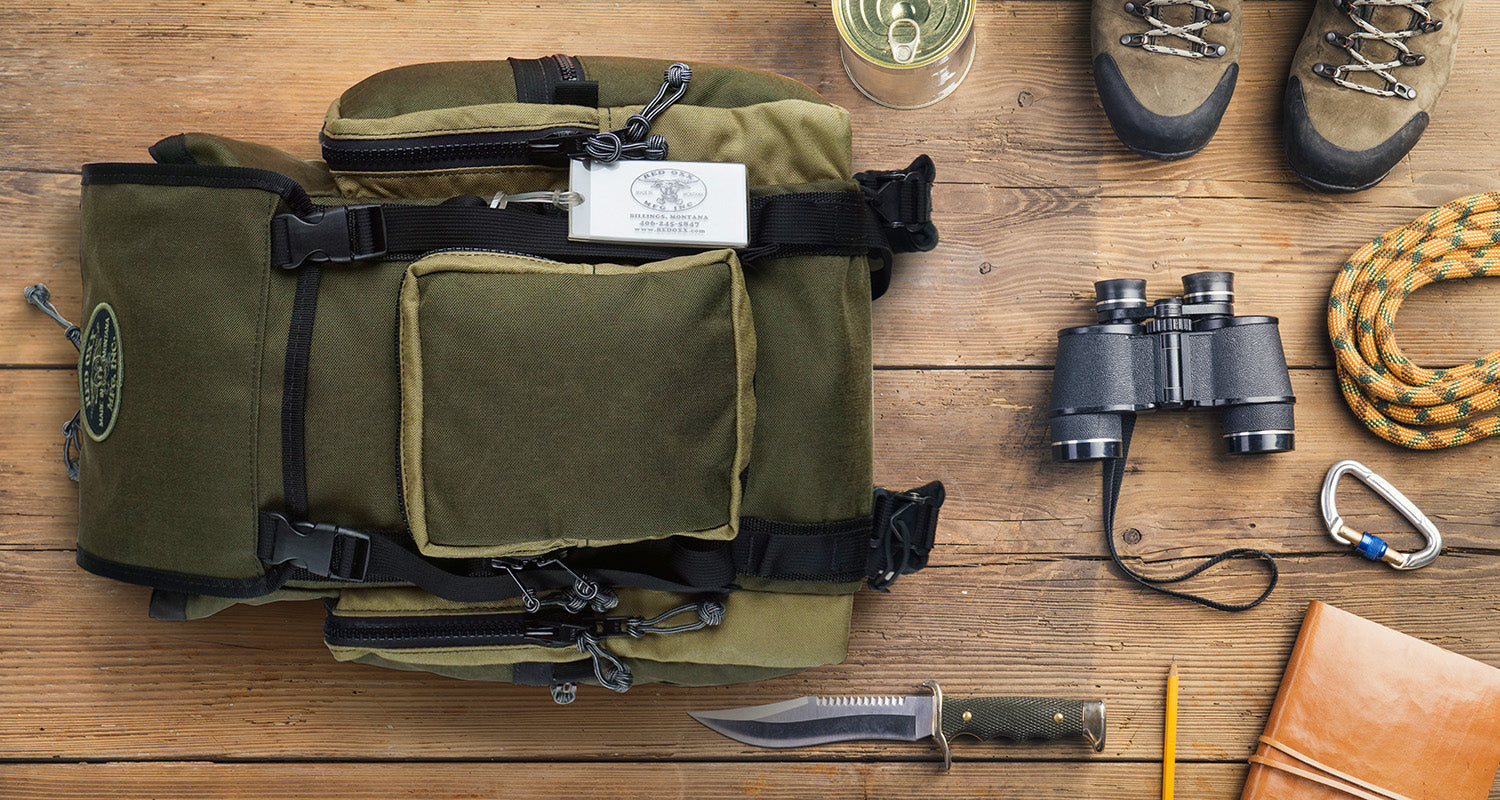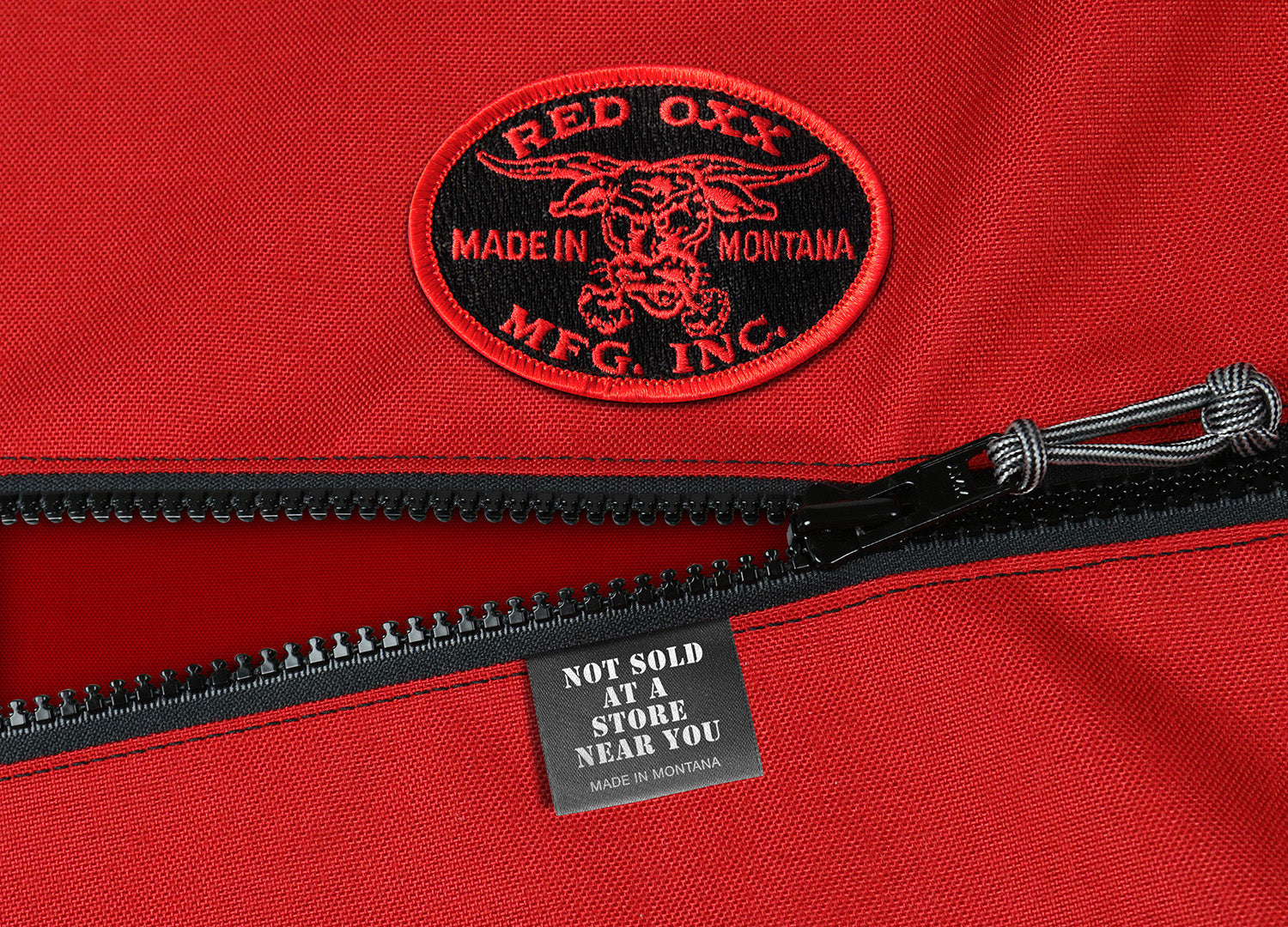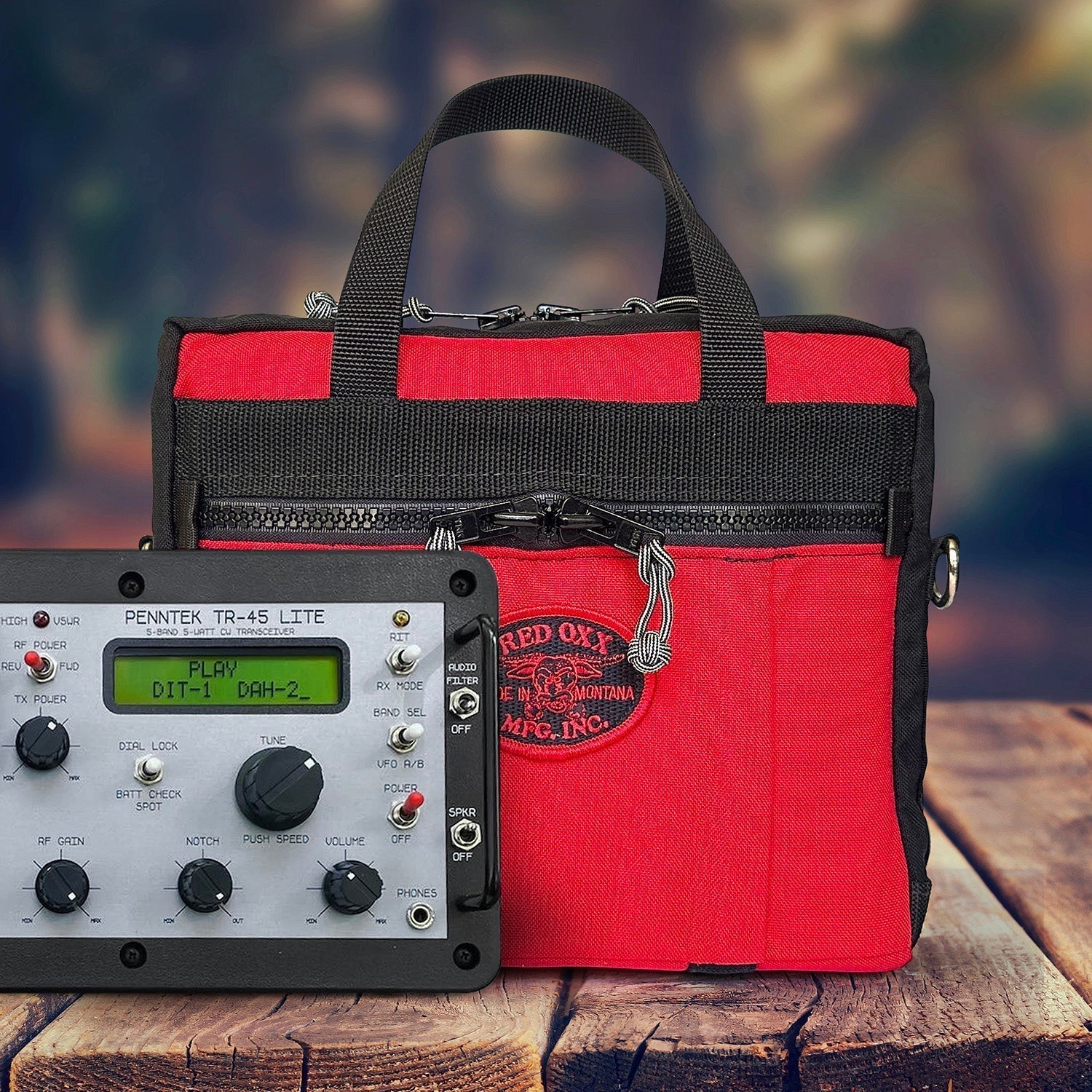The Hardworking Guide to Packing a Backpack
Learning to pack a backpack isn’t just throwing your gear in a bag or suitcase.
It’s a craft.
Every ounce and inch matters when you’re shouldering your load instead of dragging it behind you. Because most backpacks have a main compartment that can only be accessed from the top, putting things in the wrong place can lead to some major setbacks or even a missed flight. If those critical items, like your passport, are buried under yesterday's socks, it’s more than an inconvenience. It’s a total hassle.
Here’s how to pack right with essential packing tips so your travel gear works as hard as you do.
Choosing the Right Backpack
To start, choose a pack that is rugged and reliable as well as comfortable.
The C-Ruck Carry-on Rucksack and Roadster Mini Ruck feature the drop-in main compartment from an iconic military design. Original rucksacks date back to the 18th century and allowed soldiers to carry supplies and gear while on the move. Over time, the design has evolved to offer a more comfortable carry for many modern versions. Current models may feature comfy padding on the back, and shoulder straps, as well as roomy side pockets for all your essentials, while helping distribute weight and balance the load.



Some backpacks can transition into duffel bags which make it easier to access the main compartment of the backpack. These are often referred to as Hybrid packs. Depending on your Itinerary and packing style, this option might be more useful to you than a regular top-access backpack.
Hybrid backpacks like the Tres Hombres and the Sky Train are versatile in that they offer multiple carry options and boast a wide open main compartment for easy access and organization. This can be a lifesaver when you need something fast—no digging through layers of gear. Transition effortlessly between backpack and duffel modes with stowable straps, ideal for easily navigating diverse terrains and bustling airports.



Once you've chosen a new pack, test pack it before any trip to ensure proper load distribution. Adjust the straps. Check the padding. Do the straps adjust enough to let you position the pack in the right place for your height and center of gravity? Are the shoulder straps well-padded, and do they stay in place as you move?
Take it for a walk fully weighted. You've got the wrong pack if it doesn’t sit right or you’re fiddling with straps every five minutes.
Additionally, training with some weight before your trip will make hauling your gear feel like no big deal.
Packing Light: Less Is Always More
Lay out every item you think you need. Now cut it in half.
Do those jeans really need to come along? Swap them for lightweight pants that won’t weigh you down. Will you be able to do laundry at any point during your trip? Doing so can help you cut down your wardrobe significantly. Packing a travel clothesline like the Flexo-Line and a bottle of Dr. Bronner’s travel soap can help keep your clothes clean and fresh.

A little planning means packing less, moving more easily, and focusing more on the journey.
Pro tip: Load up your pack and take it for a spin around the block. Too heavy?
Head back and start slashing those “just in case” items.
Packing Zones: Mastering the Art of Placement
Packing smart isn’t just about space—it’s about strategy. Divide your backpack into zones to maximize comfort and efficiency:
-
- Bottom Zone: Stash your light, bulky items here—think sleeping bag, down jacket, or extra layers. These form the foundation and won’t weigh you down. *no liquids
- Core Zone (Close to Your Back): This is prime real estate for your heaviest gear—cookware or a laptop. Keeping the weight vertically centered and close to your spine helps you move with confidence and stability. Wrap any awkwardly shaped items with clothes so you don't end up with anything poking painfully into your spine.
- Top Zone: Quick-access essentials like a rain jacket, snacks, sunscreen, and your first-aid kit belong here. When the weather turns or hunger strikes, you’ll be ready in seconds.
- Accessory Pockets and External Loops: Use these for water bottles, maps, or anything you’ll need on the move. Carabiners and gear loops are perfect for securing trekking poles or wet gear.
Accessibility and Quick-Access Items
When you’re on the trail or racing through an airport, seconds matter.
Keep your most-used items within arm’s reach:
-
- Store your passport, wallet, and phone in a top pocket or dedicated security pouch.
- Rain gear, headlamp, and snacks should be packed last or placed in side pockets.
- Hydration is non-negotiable—use an external sleeve or side pocket for your water bottle.
- Emergency items like a first-aid kit or whistle should never be buried. Make them easy to grab, even with gloves on.
A well-organized pack means you spend less time digging and more time moving forward.
Packing Techniques: Roll, Stack, and Secure
A well-compressed pack is a comfortable pack.
Roll your clothes instead of folding—this saves space and keeps wrinkles at bay. Tuck socks inside your shoes. Use packing cubes to separate clean and dirty gear, or to group items by activity.
Stash your food in your cookware and use every nook and cranny efficiently.
Once packed, cinch down the exterior straps for a snug, balanced load. Keep the outside of your pack clean—minimize dangling extras that could snag on branches or throw you off balance. Clips like TAC Link Carabiners are perfect for collapsing hiking poles or securing water bottles when needed.
Waterproofing Your Pack
Rain happens—don’t let it ruin your day (or your gear).
Boost your pack’s water resistance and UV protection with Nikwax SolarProof or Scotchgard Heavy Duty Water Shield for extra weather protection. Some seasoned travel enthusiasts swear by lining the inside with a trash compactor bag for full-on rainproofing. It’s a simple, no-fail trick.
Waterproof your pack now, thank yourself later.

Gear That Goes the Distance
Every Red Oxx backpack is built tough enough to outlast your toughest adventure, backed by a “No Bull” Lifetime Warranty, ensuring your equipment is always ready for the challenge.
Whether it’s the versatile C-Ruck, compact Mini Ruck, or hybrid workhorse Sky Train, these bags are ready to handle your life on the move.
Because halfway is nothing.
Learn how to pack a backpack right. Pack it once. And lead the herd.





Leave a comment
This site is protected by hCaptcha and the hCaptcha Privacy Policy and Terms of Service apply.